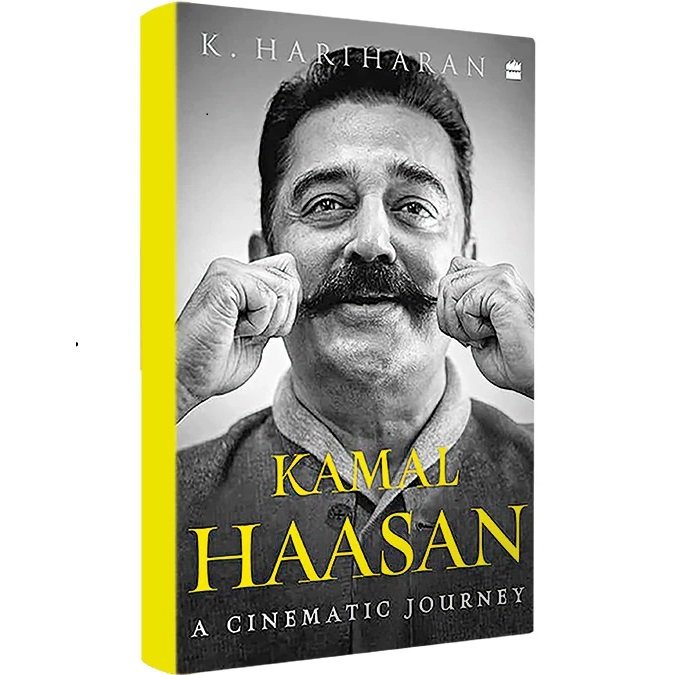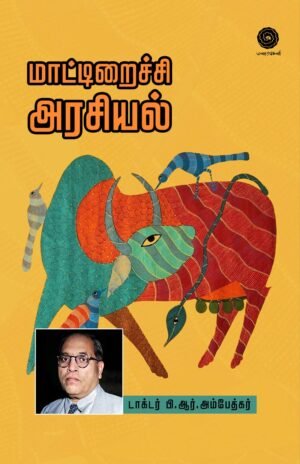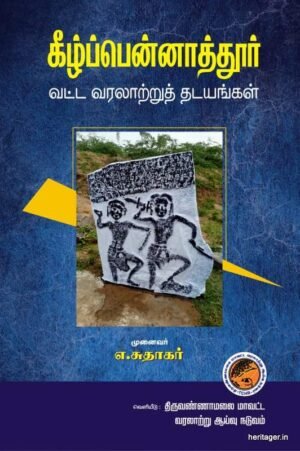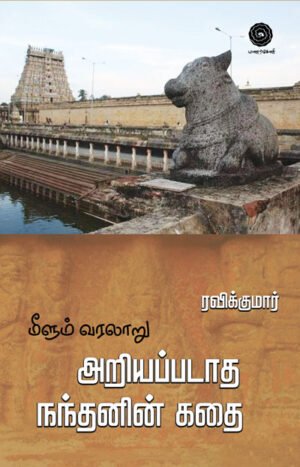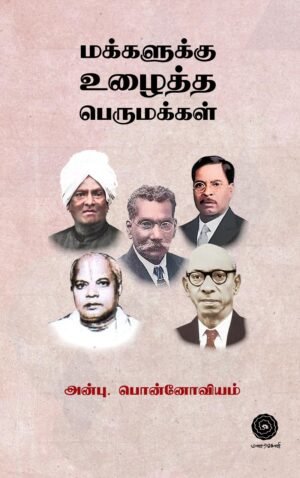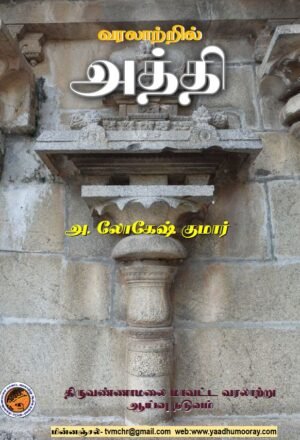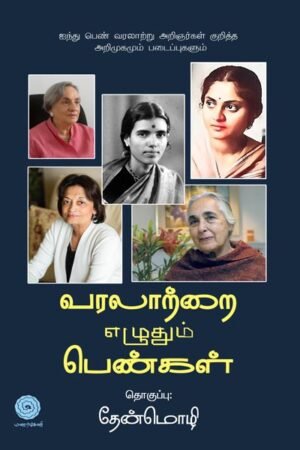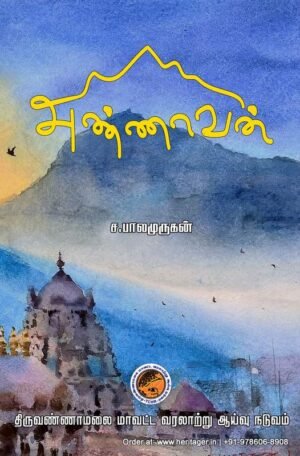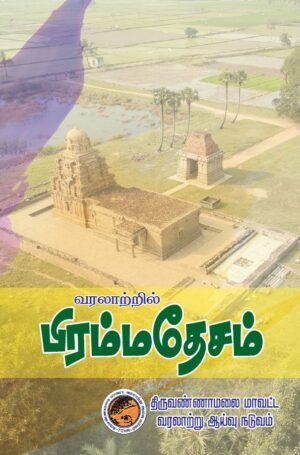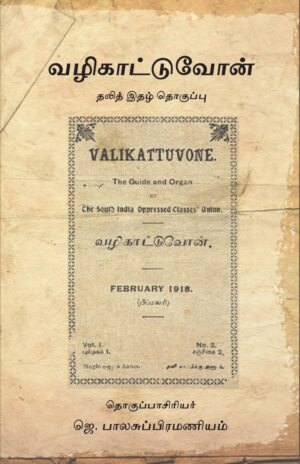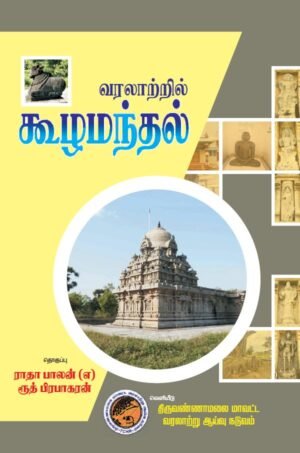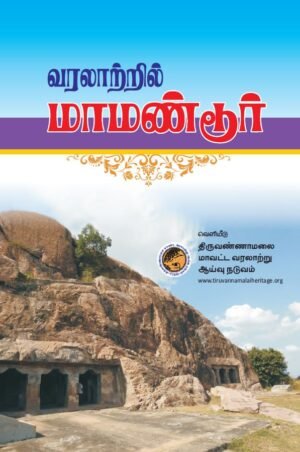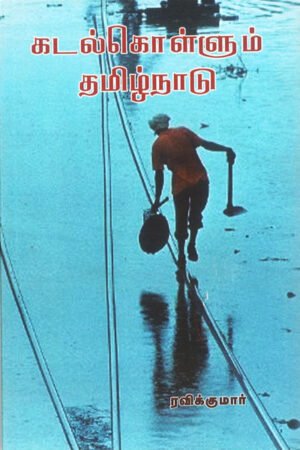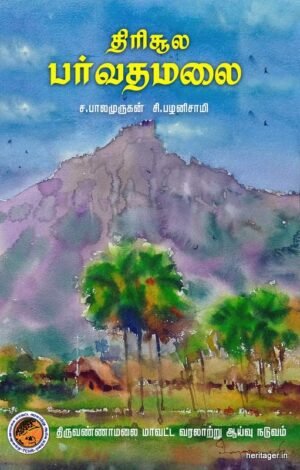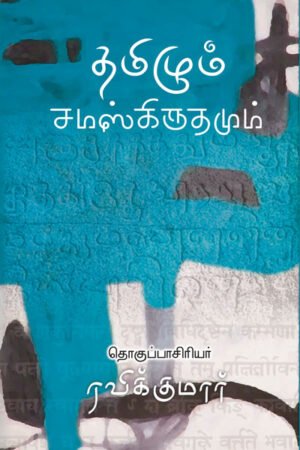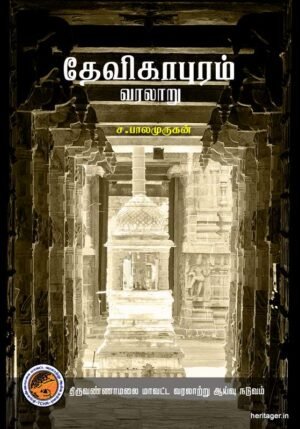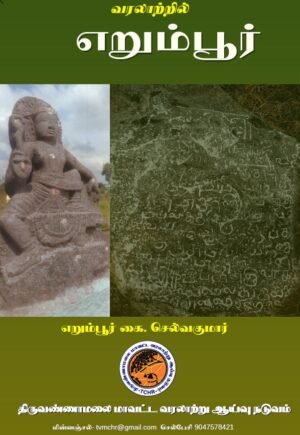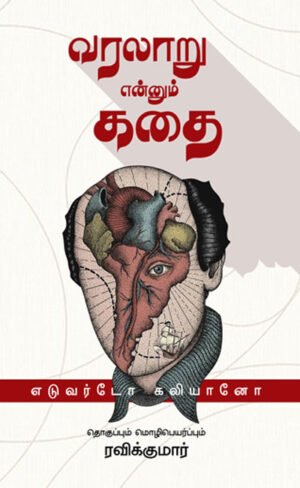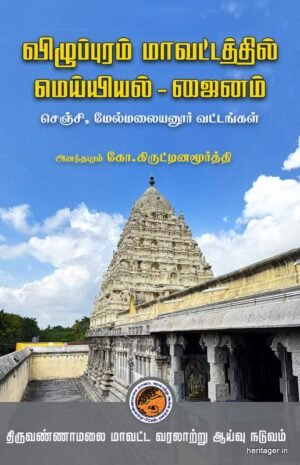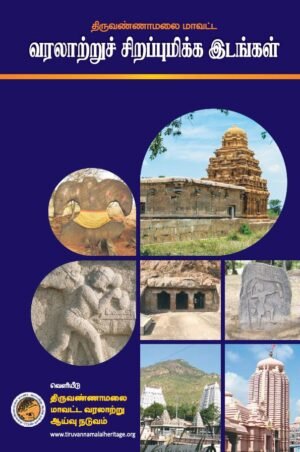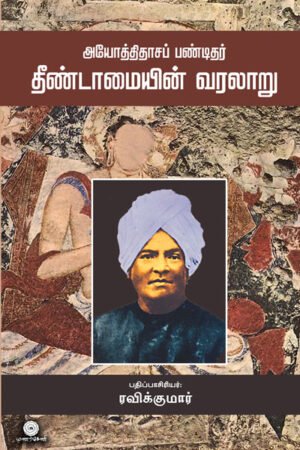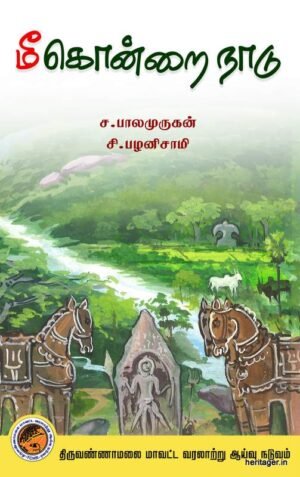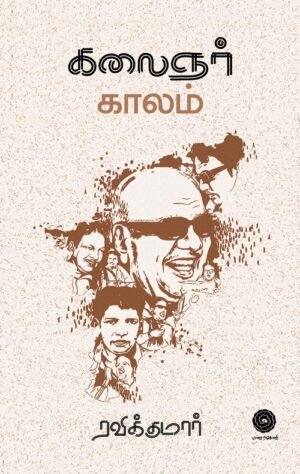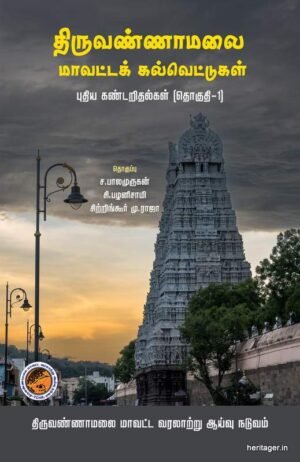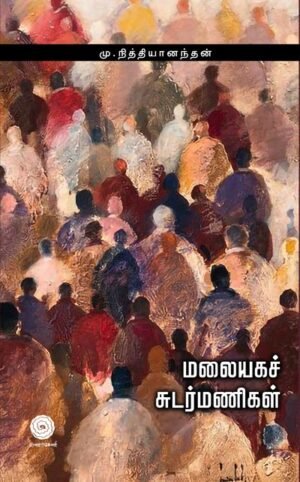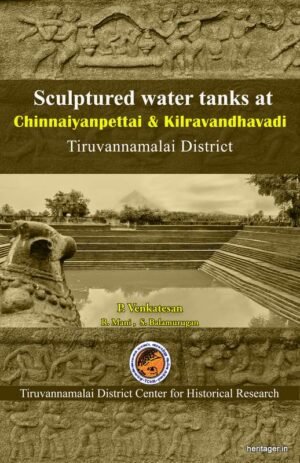Description
It is tough to quantify and qualify Kamal Haasan’s career. He is widely regarded as one of the best actors to have ever worked in Indian cinema, but he is much more than that. By his own admission, he is a reluctant actor. He willed himself into theatre and film sets, committing himself to every art that came his way. He danced, wrote, sang, acted, learned and applied makeup, ghost-directed and directed. He started in 1960 in Kalathur Kannamma surrounded by people who were already legends—A.V. Meiyappan, A.Bhimsingh, Gemini Ganesan, Savitri, Javar Seetharaman, Kannadasan. It is 2024 and he is still into all those things with two releases so far this year and possibly one more. Legends of the classical age of Indian cinema carried him when he was a child, and he returned the favour by paying them tribute through his roles or his writing by creating characters for them. He was a student and participant in Indian cinema’s history at the same time. It is not possible to capture this career in a single book.
But K. Hariharanâ filmmaker, academic and student of cinema himself has tried to do just that by choosing 40 Kamal Haasan films in his new book Kamal Haasan: A Cinematic Journey. Hariharan tries to capture Kamal’s career with a scholarly eye, placing it in the context of the political and social concerns at the time of these films. K. Balachander, director and Kamal’s mentor, doesn’t admit it in as many words, but the youthful zest and anger at society that marks his films from the mid-1970s, which also initiated Kamal into acting in his adult roles, is intellectualised with the Tamil people’s disillusionment with the Dravidian governments and their eventual disintegration around the Emergency period and M.G. Ramachandran starting his own party. At times, this reading of Kamal’s films, even when Hariharan gets around to filmmakers like Bharathiraja and S.P. Muthuraman with their contrasting approaches to cinema, is force-fitted. But it is always heartening when mainstream cinema is taken seriously.
The book is more Hariharan’s academic treatise in relation to Kamal’s filmography and less about Kamal as an artist himself. There is nothing wrong with such an approach, but it reduces a mainstream star loved by a humongous fanbase to a theoretician. More importantly, Kamal is a star-actor who loved the mainstream as much as it loved him back. There isn’t a more complete artist in India who admits at the drop of a hat that he is in the limelight for attention, adoration, and even for the money while also putting all that money back into it, losing more than he earned in the process. It is great to hear Kamal say that he did a film like Indian, despite misgivings with some treatments in it, for the money so that he could make more Mahanadhis. A figure who is at once narcissistic and selfless deserved conversation more than analysis. The individual film analysis too is more of a peek than a deep dive. For instance, there is a mention of Kamal conquering Hindi cinema with Ek Duuje Ke Liye but no explanation of how and what was the impact on the Hindi cinema’s actors and stars of that time.
